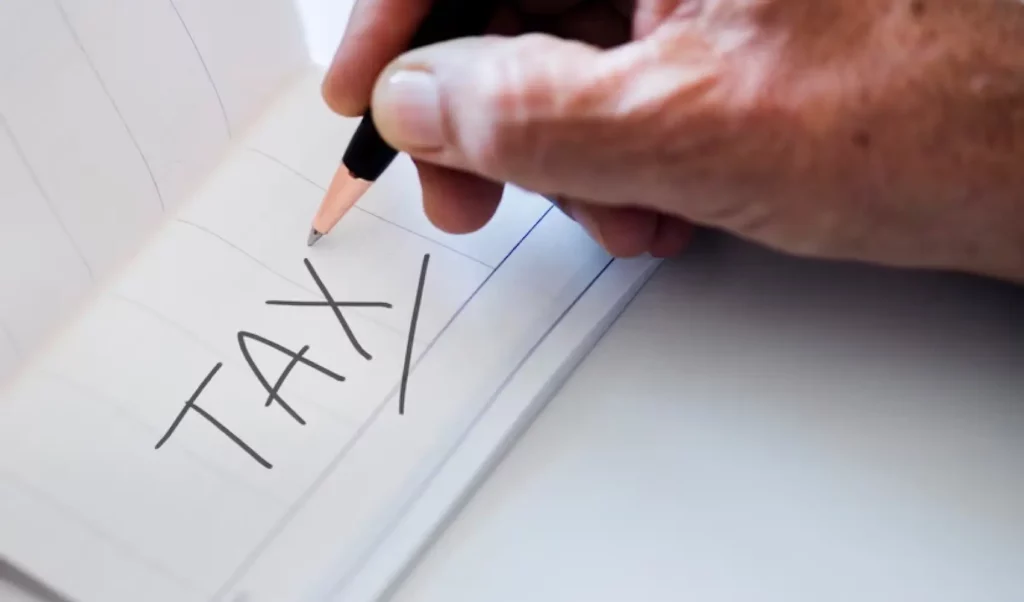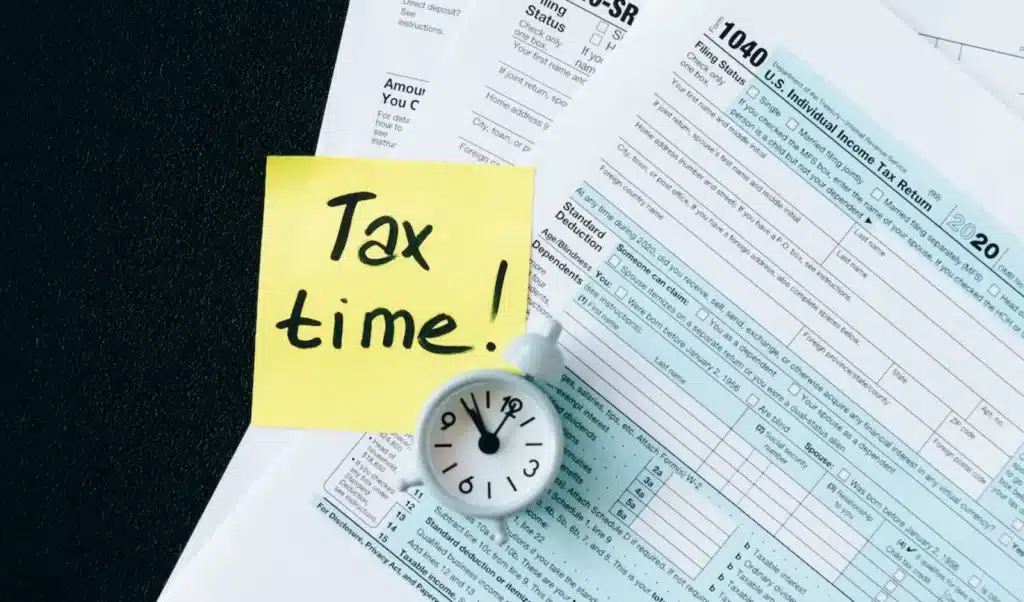Under current law, student loans are not dischargeable in bankruptcy in the same manner as other unsecured debts. According to statute, you must prove that repayment of the loan will cause you and your dependents undue hardship. There is no precise statutory definition of undue hardship and it is a difficult hurdle to get past. Most courts use what is referred to as a three-prong Brunner test established in an appellate decision issued by the United States Court of Appeals for the Second Circuit more than thirty-five years ago.
Elements of the Brunner test.
- You must prove that making payments on your student loans will not allow you and your dependents to maintain even a minimal standard of living. Courts require detailed financial information concerning all possible income and all expenses. Even if expenses are greater than income, there is no guarantee that this prong will be met. For example, in one case the court decided payment on a life insurance policy was a luxury and the money should have been used instead to repay the student loan.
- You have to show that you there is almost no chance that your financial situation will change. This often requires a showing of a change in circumstance impacting earning potential that was not expected or known about when the loan was applied for.
- You have to show that you have made a good-faith effort to repay the loan. Courts look at all efforts made to decrease expenditures and increase income in determining whether a good faith effort has been made.
Courts still disagree on the interpretation of undue hardship and a minimal standard of living. Some do not find undue hardship even when income is low, there is no possibility of improving it and any further reduction would leave the person homeless.
A Harvard Law School graduate, Jason Iuliano, researched bankruptcy cases where petitioners asked for the discharge of student loans due to undue hardship. He found that in four out of 10 cases, at least a portion of the debt was discharged. This happened most often in cases where the petitioner had made loan payments for a period of time.
Iuliano also discovered that discharge was most likely when income in the year prior to the bankruptcy filing was particularly low and there was a serious medical condition as well as a difficult or impossible chance of finding employment.
Examples of discharge for undue hardship under the Brunner test.
It may sound hopeless, but here are a few examples of petitioners who had their student loans discharged with a court applying the Brunner test.
- •A 50-year-old man earning just slightly over minimum wage had peaked at his earning capacity and could only maintain a minimal standard of living for his family.
- A woman collecting disability income from Social Security due to a mental illness was granted discharge based on undue hardship. The court found that her ability to work was impaired due to her mental condition.
- Some courts find undue hardship when petitioners prove they gained no benefit from the education.
Decisions refusing to discharge for undue hardship.
- An orchestra cellist who taught music part-time was not granted discharge for undue hardship when the court decided he could find a better paying job if he would just try.
- A pastor of a start-up church was denied discharge when the court found it was his choice to do the work he was doing and he was capable of higher-paying employment.
Expectations for the future.
Currently, some people owe student loans that are almost equal to the amount of a home mortgage. Monthly payments on the student loan may be exorbitant. Many who are indebted are reaching retirement age with student loan debt still looming over them.
The First Circuit and Eighth Circuit courts recently bypassed the Brunner test and adopted the totality of the circumstances test. Under this test, there are no rigid requirements. Each case is evaluated on its own merits as to income and ability to pay. The “minimal standard of living” test under Brunner is replaced by an evaluation of “reasonable and necessary living expenses.”
Perhaps until Congress amends the bankruptcy code, this standard will be adopted by other jurisdictions. If you have student loans you would like to have discharged in bankruptcy, it would behoove you to consult a bankruptcy attorney to learn how the courts in your jurisdiction are making their decisions.









